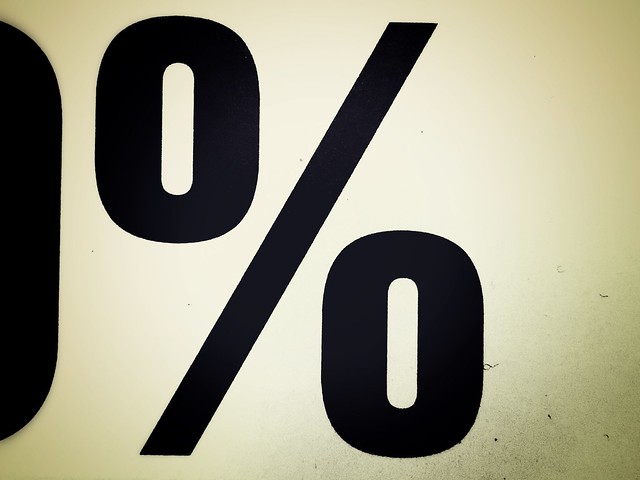According to the Mortgage Bankers Association’s Weekly Applications Survey, average mortgage rates fell last week across most loan categories, including 30-year fixed-rate loans with both conforming and jumbo balances and 15-year fixed rate loans. Rates for loans backed by the Federal Housing Administration saw no change from the week before. Michael Fratantoni, MBA’s senior vice president and chief economist, says rates dropped early in the week before climbing higher again. “Mortgage rates were trending lower over the course of last week until a stronger than anticipated employment report resulted in a bounce back …,†Fratantoni said. “Lower rates earlier in the week meant a strong increase in refinance activity, particularly for VA borrowers, who jumped on the chance to lower their rates.†Overall, demand for mortgage loan applications was up 15.6 percent from one week earlier, with refinance activity up 28 percent and purchase loan demand up 9 percent. The MBA’s weekly survey has been conducted since 1990 and covers 75 percent of all retail residential mortgage applications. (source)












